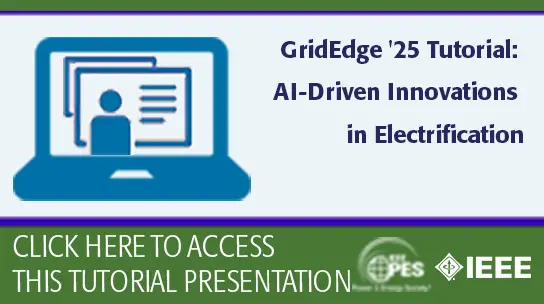ICIP 2017 Tutorial - Future Video Coding: Coding Tools and Developments beyond HEVC [Part 1 of 2]
Jens-Rainer Ohm
-
Members: FreeSPS
IEEE Members: $11.00
Non-members: $15.00Length: 01:29:17
Author Bio/Abstract
While HEVC is the state-of-the-art video compression standard with profiles addressing virtually all video-related products of today, recent developments suggest significant performance improvements relative to this established technology. At the same time, the target application space evolves further towards higher picture resolution, higher dynamic range, fast motion capture, or previously unaddressed formats such as 360° video. The signal properties of this content open the door for different designs of established coding tools as well as the introduction of new algorithmic concepts which have not been applied in the context of video coding before. Specifically, the required ultra-high picture resolutions and the projection operations in the context of processing 360° video provide exciting options for new developments. This type of content further modifies the way of video consumption (enabling the use of head-mounted displays) as well as the methods of video content creation and production.
This tutorial will provide a comprehensive overview on recent developments and perspectives in the area of video coding. As a central element, the work performed in the Joint Video Exploration Team (JVET) of ITU-T SG16/Q6 (VCEG) and ISO/IEC JTC1 SC29WG11 (MPEG) is covered, as well as trends outside of the tracks of standardization bodies. The focus of the presentation is on algorithms, tools and concepts with potential for competitive future video compression technology. In this context, also the potential of methods related to perceptional models, synthesis of perceptional equivalent content, and deep learning based approaches will be discussed.


